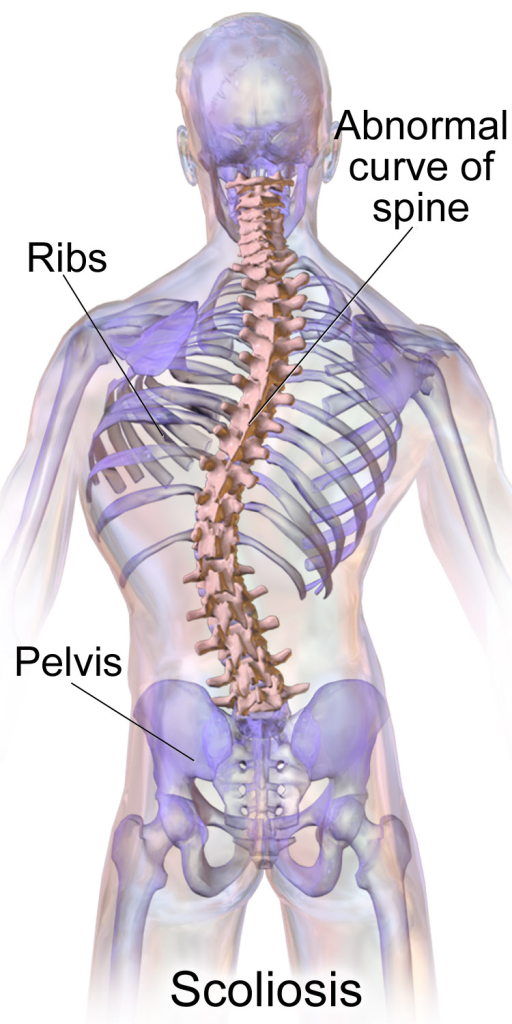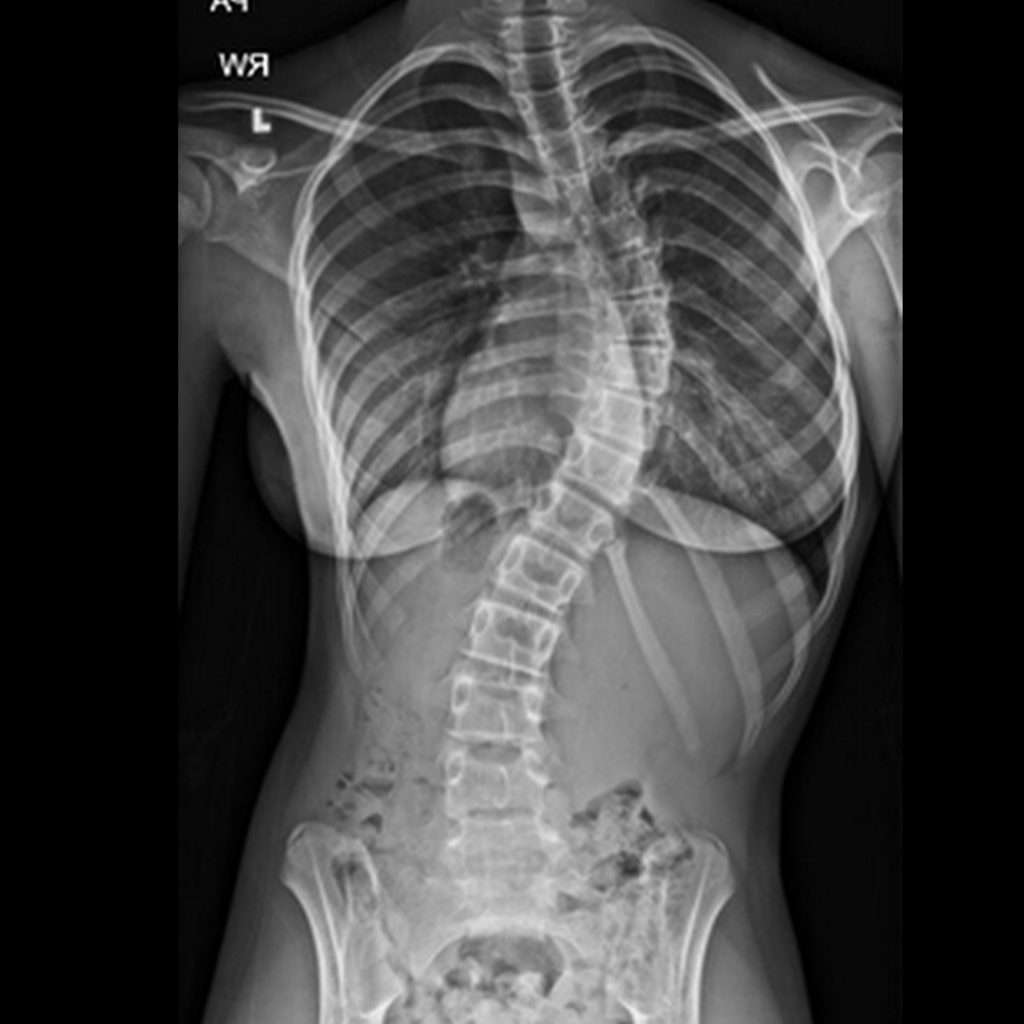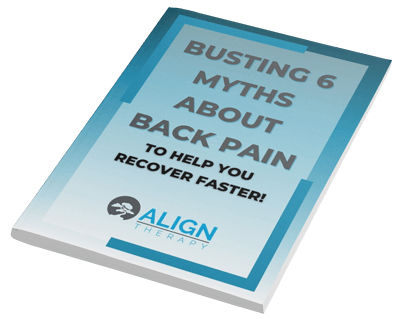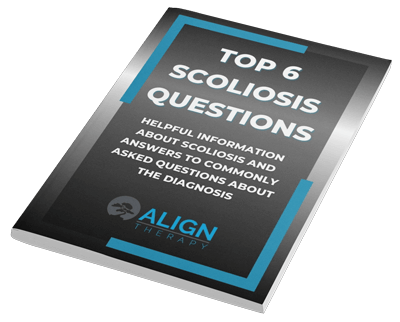Over the last several weeks I have been preparing for an intensive hands-on training for scoliosis and spinal abnormality treatment in a method called The Schroth Method. This has been a fun and eye opening experience as I learn more about scoliosis, back pain and other symptoms my patients may have. I’ve taken courses from the Barcelona Scoliosis Physical Therapy School (BSPTS) and Scoliosis and Spine Online Learning (SSOL) to prepare myself for a week-long in person course in Denver.
In my studies I’ve learned about different types of scoliosis and causes behind them. Scoliosis can be caused by a number of things like congenital diseases, abnormal vertebral formation or degeneration. Often, we see patients in our clinic with scoliosis that has no cause at all. This is called Idiopathic Scoliosis. For scoliosis to be idiopathic, all other possible causes have been ruled out and, for some reason, the spine has developed curves and twists without apparent cause.
In any case, all forms of scoliosis follow what is called “The Vicious Cycle.” It begins with wedging of the vertebrae and discs which leads to spinal curvature. This curvature gives way to asymmetric loading where one side of the spine takes on more pressure or stress than the other. Because of this asymmetric loading, the spine and muscles undergo asymmetric growth, which further wedges the discs and vertebrae starting the whole cycle over again. Without intervention of some kind, this cycle goes unchecked and causes progression of the curve. What we do in physical therapy using The Schroth Method, is step in at the moment of asymmetric load and disrupt this cycle.


Whether your scoliosis is idiopathic, degenerative, or related to other conditions, stopping the asymmetric loading will help. This is not as simple as stretching one side of your back and strengthening the other. No matter how flexible or strong your spine is, if habits aren’t changed you won’t see any changes with your curve or progression. This is a very personalized process, as each person’s curve is different and unique to them. It requires meeting in person and learning where your curve is and how to address it in all aspects of your life, not just during exercise. In therapy you can learn how to take your spinal health into your own hands so you are no longer at the mercy of this vicious cycle.
One of the things I love about physical therapy is that it gives people the opportunity to take charge of their life and own their recovery. Too often I feel like we go to the doctor and are told that we simply have to deal with our diagnosis, that we can treat the symptoms but without surgery the problem will never be directly addressed. Whether doctors mean to or not the option of physical therapy gets glossed over. Many people don’t even realize they can be directly addressing their diagnosis without ever entering an operating room.
Scoliosis can feel very “othering” even with smaller magnitude curves. If you have to wear a brace it can make you feel even more different. When given the opportunity to own your recovery each new step becomes empowering. The brace or exercises may still feel awkward or uncomfortable, but the way you see these things will be more as a tool than a punishment. Suddenly you have the support and knowledge to take this big, intimidating thing and face it with confidence. When it comes to scoliosis, especially in young patients, confidence can mean everything.
I’m so excited to get this training as I’ve been able to see first hand how it has helped people decrease pain, slow curve progression and in some cases even reduce their curve. In the clinic, I’ve been fortunate to work with patients as they use The Schroth Method to stabilize their spine. At one point I had an older patient who had been diagnosed with scoliosis as a child, she had not received any treatment for her scoliosis and it had progressed to the point where she was unsatisfied with her appearance and was also experiencing pain. I worked with her and other therapists for several weeks and as she practiced her Schroth exercises her pain began to slip away. After a few more weeks, I turned a mirror around so she could see her back while doing her exercises and tears welled up in her eyes. She had never thought she’d ever see her back look that straight. She still had scoliosis, no amount of therapy or surgery can change this, but she was now in charge of how this affected her. This patient’s image of herself changed because of her treatment and she was now able to address her diagnosis directly, manage her pain and feel greater confidence as she went about her life. I’m eager to see this again and again and again because I truly believe it will never get old.
Janessa Brink, Physical Therapist Assistant



